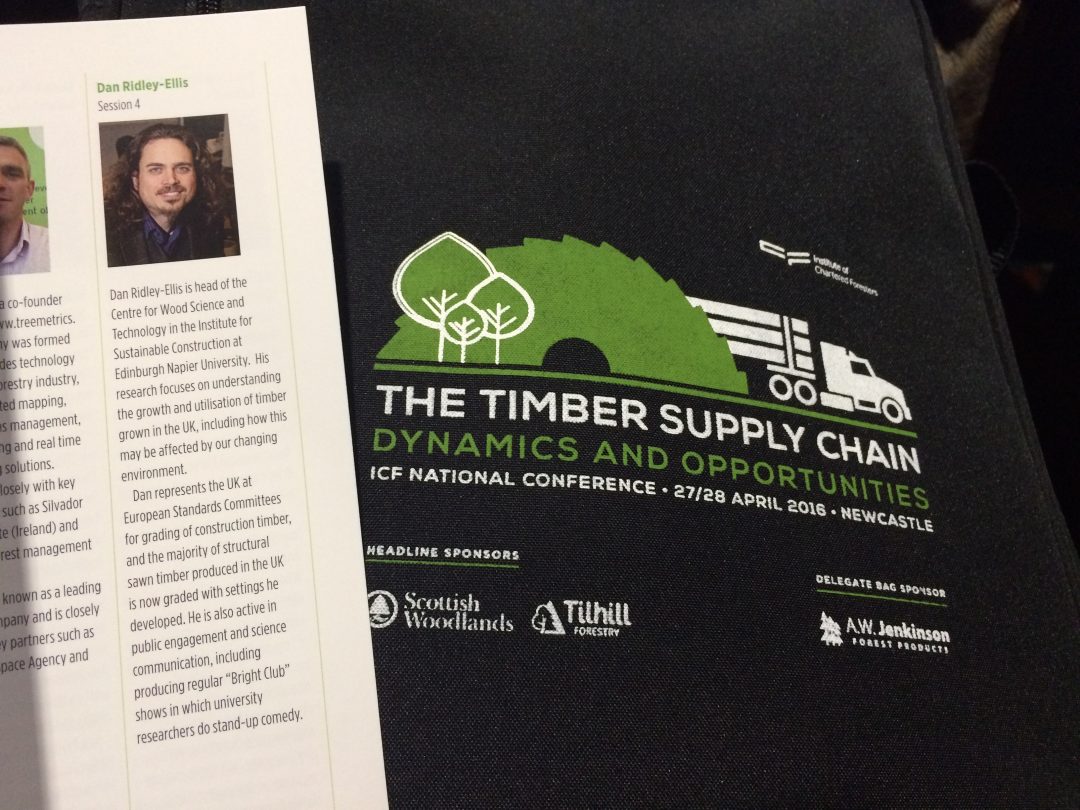
This post is a ‘director’s cut’ version of Dan Ridley-Ellis’s (@flyingquercus) presentation at the Institute of Chartered Foresters 2016 National Conference “The Timber Supply Chain – Dynamics and Opportunities”.
You can download a pdf of the slides here. (You can also download the other presentations from the conference here)
Wood is the ideal material for building things – as long as what you want to build is a tree. If you want to build something else, you have to deal with a few things that arise from the fact that you are not using the wood in the way the original manufacturer intended.
In the living tree, the wood is wet – very wet. That water is, of course, part of what the tree needs to stay alive. The wood never loses its affinity for water and even when it is, what we normally call, dry it still has some water in it. This water is in the form of water molecules within the cell wall. The water molecules are bound by intermolecular forces to some of the molecules that make up the cell wall, but in such a way that the wood is constantly exchanging water with the air around it. Most of the wood properties that are important for construction are influenced by the moisture content of the wood – and thereby vary according to the temperature and relative humidity. For this reason, we usually express the properties at a reference moisture content of 12% (the point at which the mass of the water in the wood is 12% of the mass of the oven-dry wood), which is considered to be the usual moisture content for wood in a dry indoor environment.
The wood grain is isotropic – having superior properties along the grain and inferior properties across the grain. This is because, in the living tree, the wood is mostly carrying the forces in the along the grain direction. When the timber is sawn into rectangular cross-sections the grain is cut making it less able to carry the load than in the round. This is why roundwood is able to carry greater forces than sawn wood and why wane is seen as less of a problem than knotches and cuts (because the wood grain follows the wane – it’s not cut by it).
The wood properties also vary within the tree. Indeed, there is a great deal of variation within the tree but this is not random – it is related to the biomechanical needs of the tree, which vary during it’s life. The needs of a small, young tree are different from the needs of a tall, mature tree and correspondingly the wood the tree grows at these stages in its life are different.
There are things we call defects in the wood, such as knots, inclined grain and reactionwood, which are not defects from the tree’s point of view. In fact, they usually make perfect sense in context within the tree. Similarly, there are features we consider to be desirable and decorative which are actually problems for the tree.
(for more on small clears vs full size see appendix of Ramsay and Macdonald 2013)
Strength grading of timber explained
National Forest Inventory: 50-year forecast of softwood availability
National Forest Inventory: 50-year forecast of hardwood availability
Moore 2011, “Wood properties and uses of Sitka spruce in Britain”
See also, Davies 2016 “Sustainable construction timber – Sourcing and specifying local timber”


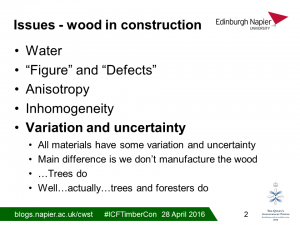
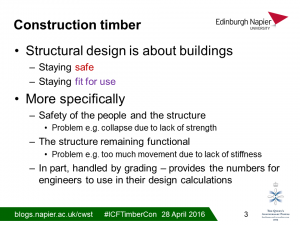
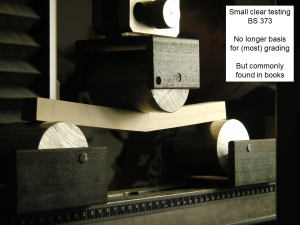
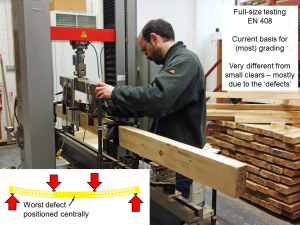
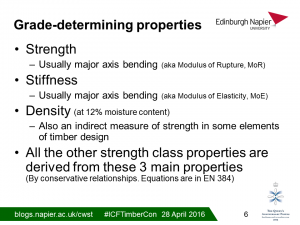
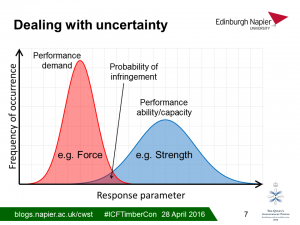
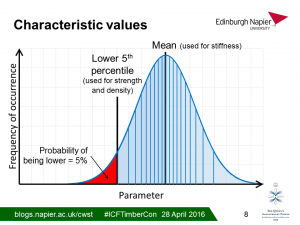
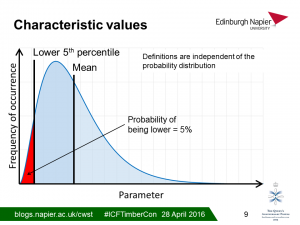
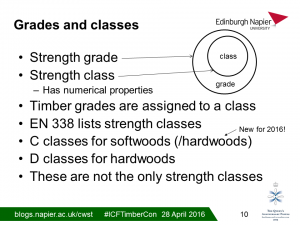
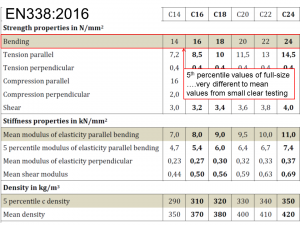
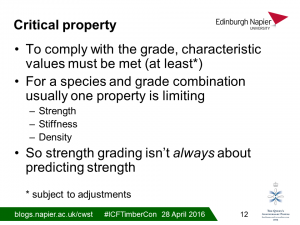
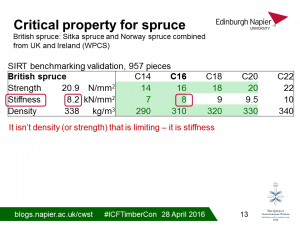
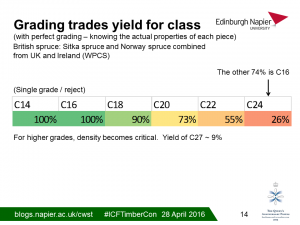
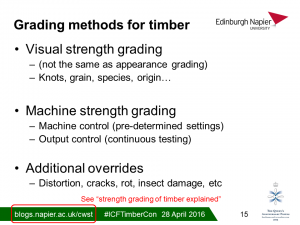
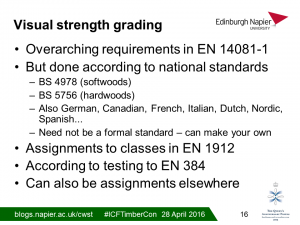
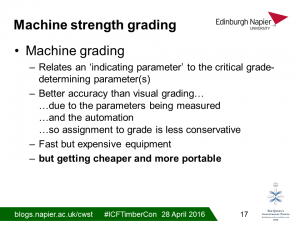
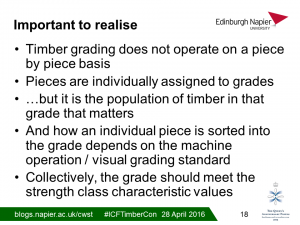
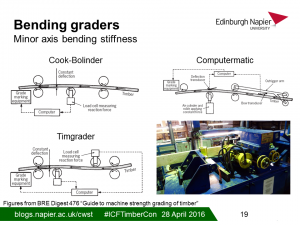
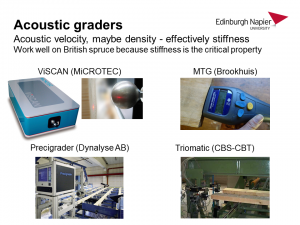
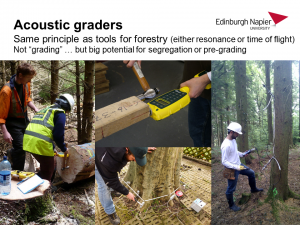

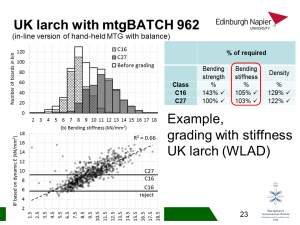
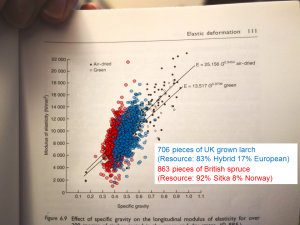
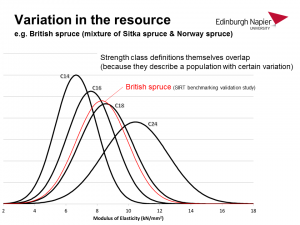
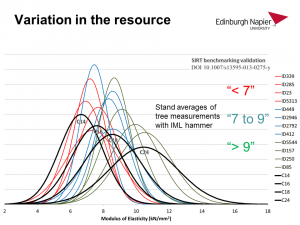
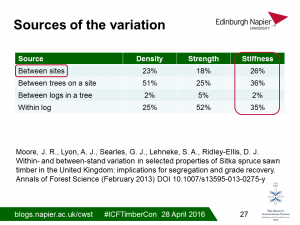
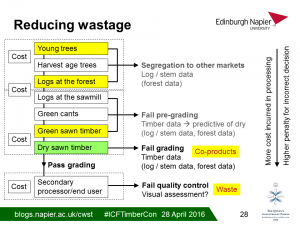
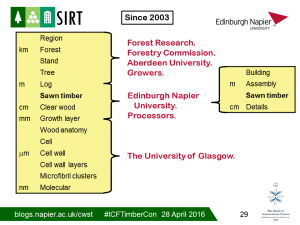
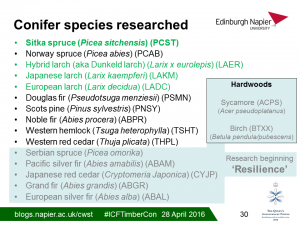
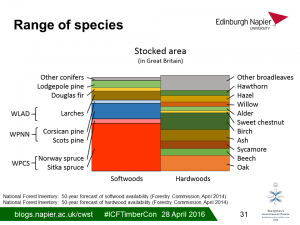
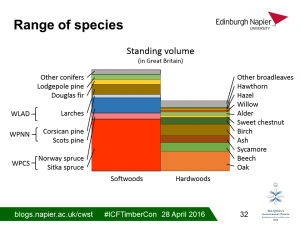
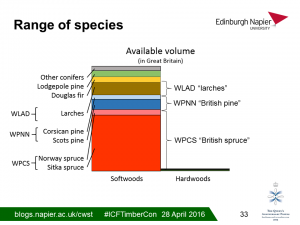
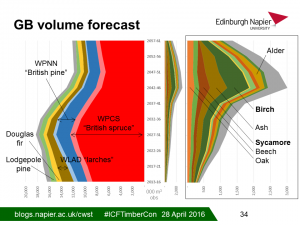
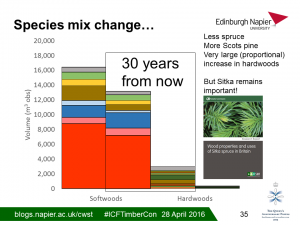
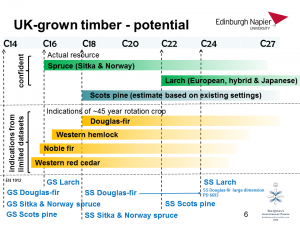
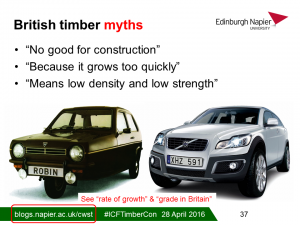
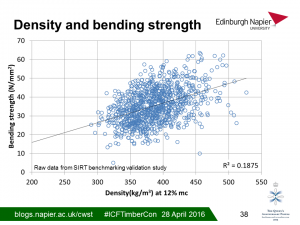
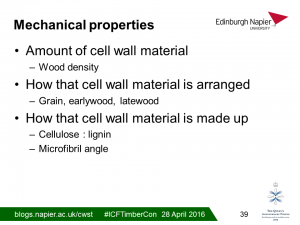
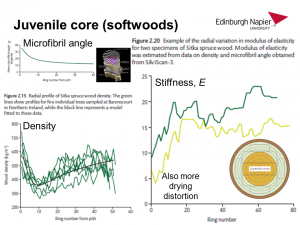
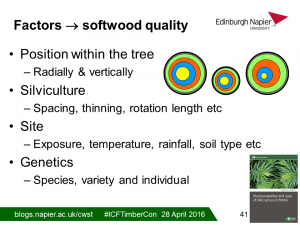
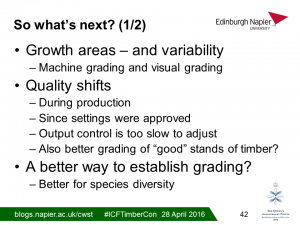
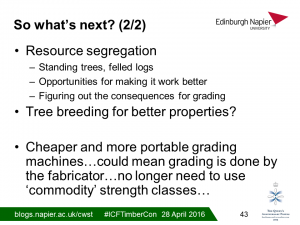
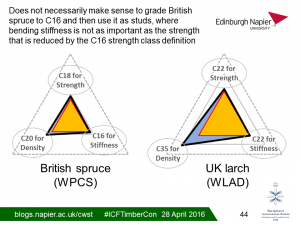


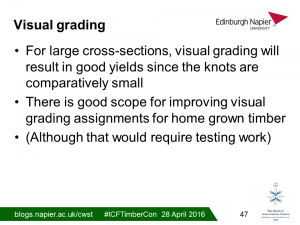
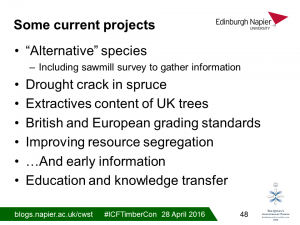
Leave a Reply
You must be logged in to post a comment.